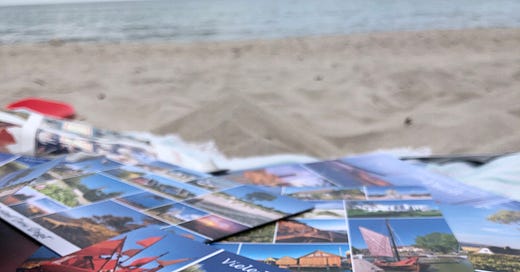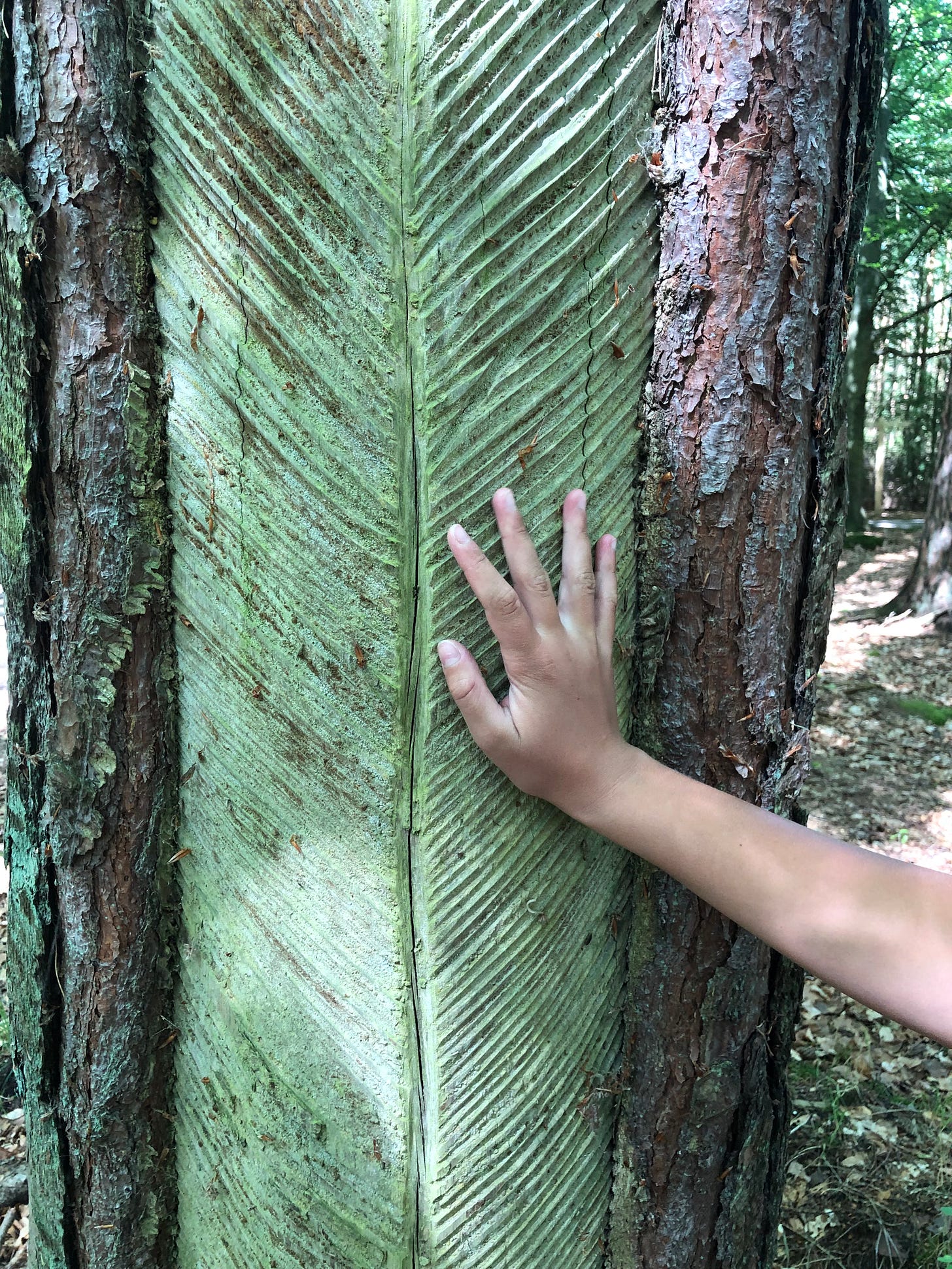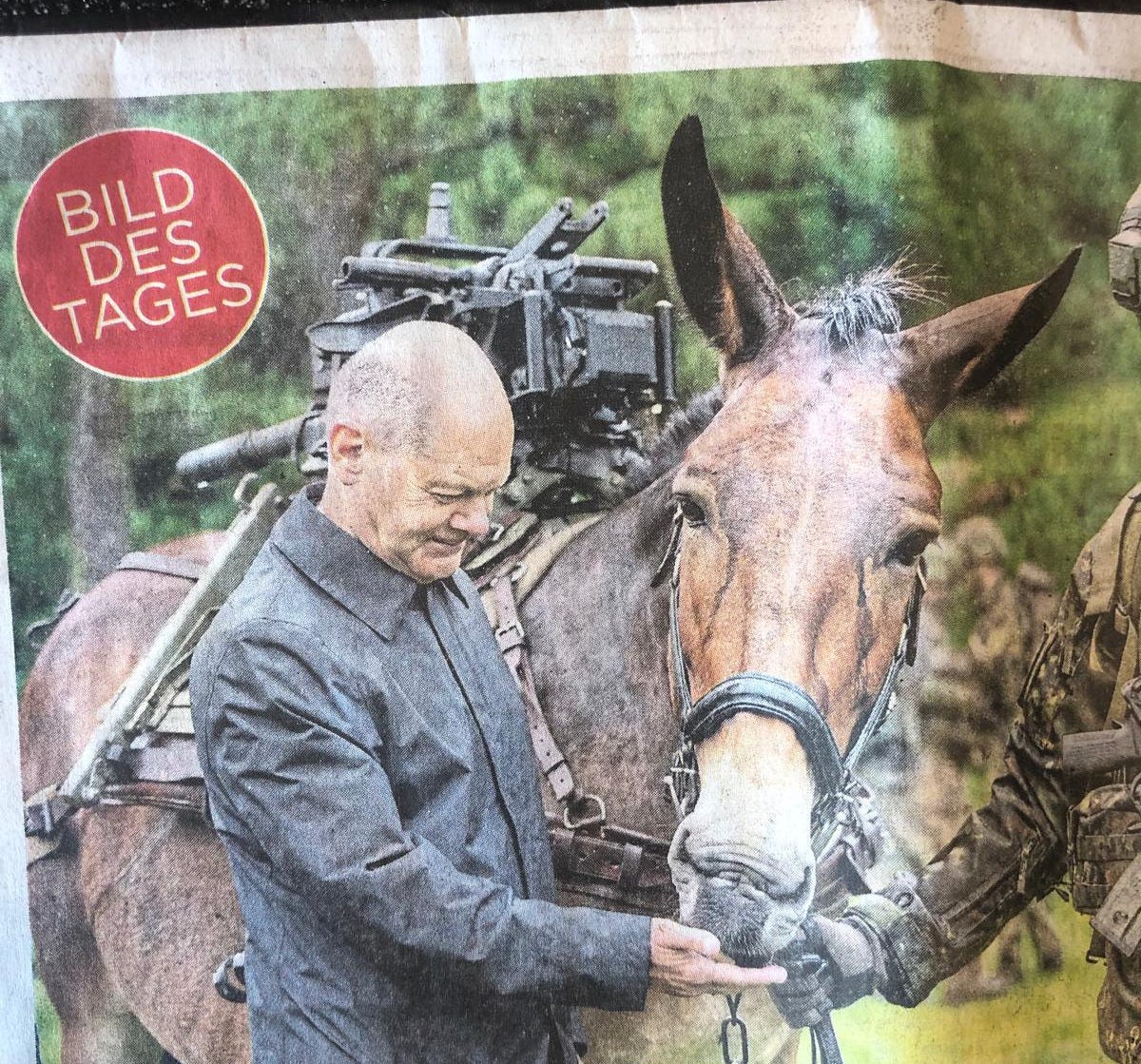Dear Reader,
I’m back with a quick postcard from the German ‘Wilderness’ on the Baltic Sea! Sun, beach, family and lots of swimming. My kids will always think of Germany as the country of endless summers and french fries (my dad makes the best). What a rude awakening to endless rainy days and grey skies that will be if they ever stay there for longer!
Before jumping into family visits, we spent a few days on the Darss-Fischland penninsula on the North-Eastern tip of Germany at the Baltic Sea. After World War 2 much of the 200 000 acre area served as a military training site of the German Democratic Republic, also known as East Germany and was closed off to the public until the country merged with West Germany on October 3, 1990. My mother, growing up just a few miles south from the coast, still remembers riding in the back of a horse drawn carriage along the high barb-wired fence on an early childhood summer trip to the old fishing villages.
Today, Fischland-Darss is a hiking and bicycling paradise and Germany’s third largest National Park. Dubbed “Wilderness by the Sea”, the Baltic Sea and the “Bodden”, a briny salt-fresh water mix lake, make up 80% of the park. The rest are working grass lands, grazed by strangely displaced looking, Asian water buffalo (interesting story for another time) and an enchanted mixed forest. 53 miles of flat biking trails criss-crossing the woods, all leading to many miles of beautiful sandy beaches. We biked to the sea every day, admiring the cool forest along the way. Large elm trees, thick aspen, tall pines, and ferns towered over our heads and the earthy smell of beaty bogs filled the air. I thought of the viscious, bloodthirsty mosquitos growing up in similar forests to the south-west from here. Nevertheless, we stopped at an intricatley marked pine tree, that looked strangely familiar.
Once we saw one, we noticed many more. Dozen of pine trees had these large v-shaped markings carved into the tree after the bark was removed. I immediatly thought about similiarly marked pine trees I had seen all across the Bob Marshall Wilderness and along the Bitterroot River over the years. These ponderosas in Montana are living cultural artifacts tended to by the Salish people who once harvested their cambium, my friend Tim Ryan of the Salish Kootenai College had explained. The best campsites were often close by. We left the mystery of the German tree carvings carry us through the forest for a few more days. Maybe they were also harvested for food? Another idea was that the trees were sick and the bark had to be removed. How about a trail marker? Or maybe it was a very desparate note to a loved one?
The mystery only lifted at the end of our trip when we finally asked our taxi driver about the trees. During the GDR, he explained, hundreds of “Harzer” - people who carved for resin - marked the trees to harvest its sticky juice. With other sources of rubber rare at the time, this resin was one of the main sources for certain industrial and cosmetic products. “Nobody does it anymore today,” he concluded, slightly embarassed by this old-fashioned practice. I am surprised how difficult it was to find more information. After some research I eventually learned that “Harzer” had been around for a very long time, way before this section of land was even called Germany. The resin was widely used by many people along the Baltic Sea to seal boats, pots and bowls since the 15th century but probably much earlier than that. When West and East Germany merged in 1990, the harvest wasn’t economical anymore. The “Harzer” profession like so many other traditions of the GDR vanished. Only the trees reminding us of our cultural heritage.
Wilderness is a construct that we as a society create, interpret and tend to anew in each generation. It looks very different around the world but it has similar meanings for all of us: clean water, air, habitat for animals, plants, solitude, a break from our destructive powers. A place for a spiritual experience, deeply connecting us to the world around. A constant reminder where we come from.
Smoke and I have a fun and busy fall ahead of us! Please make sure to join us on one of our story telling events in Kalispell, Bozeman, Ovando or Seeley Lake (see list below). Until then,
Auf bald,
Eva
NEWS and upcoming EVENTS
My husband took this picture from a German newspaper. German Chancellor Olaf Scholz giving a treat to a mule from the mountain divison of the German Military (Bundeswehr). I wonder where they learned how to pack a mule? I will find out and let you know in one of my next editions.
While I was reminiscing in Germany, Smoke had a great “Hush of the Land” storytelling event at the Sculpture in the Wild park in Lincoln, MT. Please share some pictures and anecdotes if you have any!
EVENTS
Celebrate the 60th Anniversary of the Wilderness Act with us on September 3 in Kalispell, MT!
Bozeman, Saturday, September 14 @2pm, Country Bookshelf
Bozeman, MT, October 12, TBA
Ovando,MT, October 26, more information to come.
Seeley Lake, MT, December 6, Community Foundation Bldg, 2pm, hosted by Alpine Artisans
Virtual HUSH OF THE LAND Storytelling & Reading with book signing!
We are currently working on offering a virtual HUSH OF THE LAND Storytelling & Reading with book signing event. Please get in touch (info@evamaggi.com) if you would be interested in having us talk to your community or join your book club via zoom!
You can also find HUSH OF THE LAND on Facebook and Instagram.








